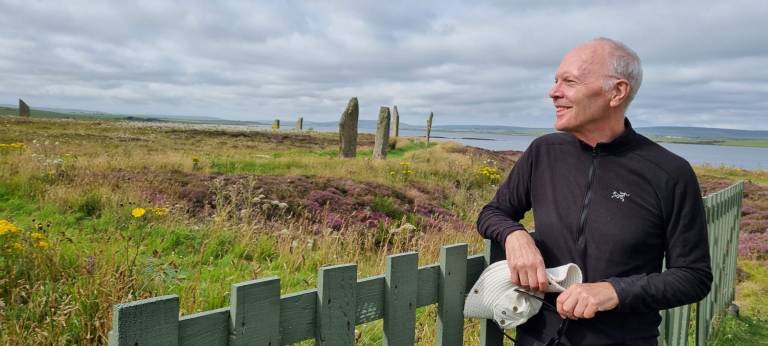Stephen Shennan discusses decimation of Neolithic farmers 5,200 years ago
20 July 2024
Writing in The Conversation, Stephen Shennan (UCL Institute of Archaeology) considers what may have caused the decimation of Neolithic farmers 5,200 years ago.

Around 5,200 years ago, plague was not just present but common in six generations of one Swedish family, according to a new study. The researchers undertaking the study analysed both the ancient DNA of these people’s skeletal remains and the pathogens that left traces in them.
Ancient DNA from 108 Scandinavian Neolithic people found in eight “megalithic” large stone tombs in Sweden and one stone cist in Denmark was analysed. The plague bacterium Yersinia pestis was found in about 17% of those whose DNA was sequenced, but this probably underestimates its frequency.
Three distinct waves of plague spread through the population over a period of around 120 years. The first two waves were small and contained, but the third was more widespread.
The researchers suggest the wide prevalence of plague around 5,200 years ago could have contributed to the striking declines seen in the Neolithic population in Europe. These declines, of the order of those seen during the Black Death, have been revealed by archaeological research in southern Scandinavia and many other parts of Europe over the last 15 years.
We know this partly because the number of radiocarbon-dated archaeological sites drops very considerably in this period. Analysis of fossil pollen from plants and trees preserved in bogs and lakes also suggests areas that had previously been cleared for farming saw the regrowth of forests, so these two lines of evidence support one another.
However while the population declines are not in doubt, the idea that plague was responsible is much more open to question.
Read the UCL News article to find out more!
Stephen Shennan is involved in the ERC-funded COREX project, working with geneticists from UCL (led by Mark Thomas from the Department of Genetics Evolution and Environment), archaeologists from Gothenburg (led by Kristian Kristiansen and Karl Göran Sjögren), and geneticists from Copenhagen (led by Kurt Kjær, Eske Willerslev and Fernando Racimo), combining prehistoric human genomic, archaeological, environmental, stable isotope and climate data to better understand the processes that shaped our biological and cultural past.
 Close
Close

